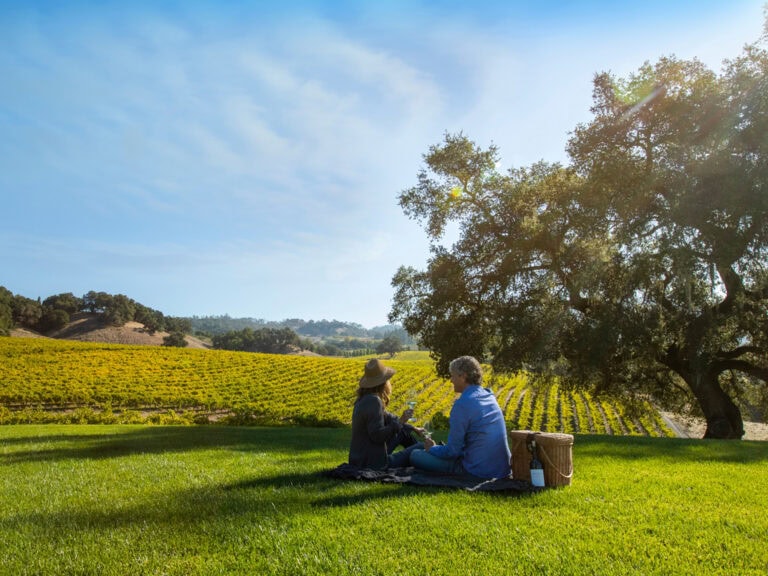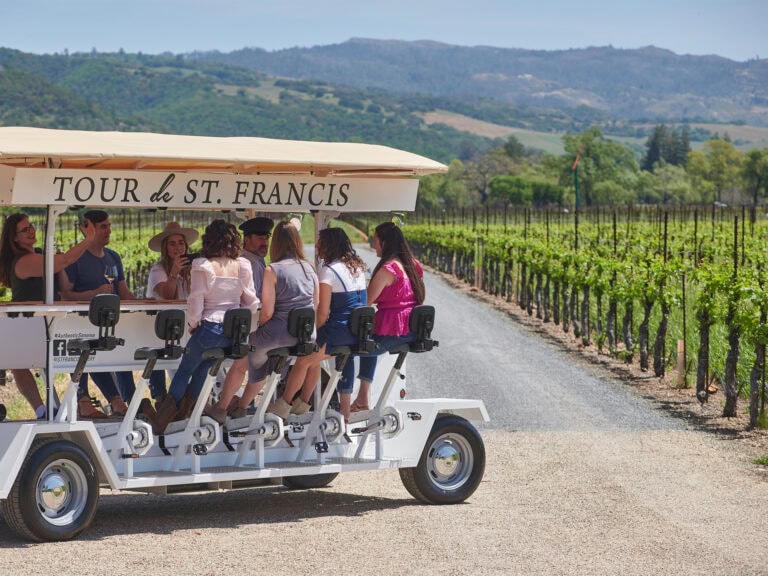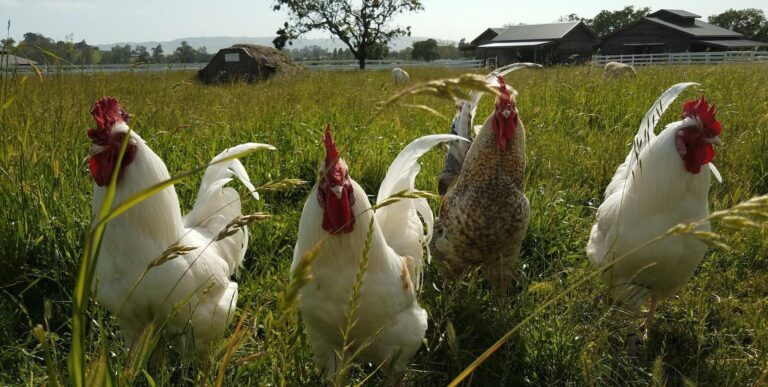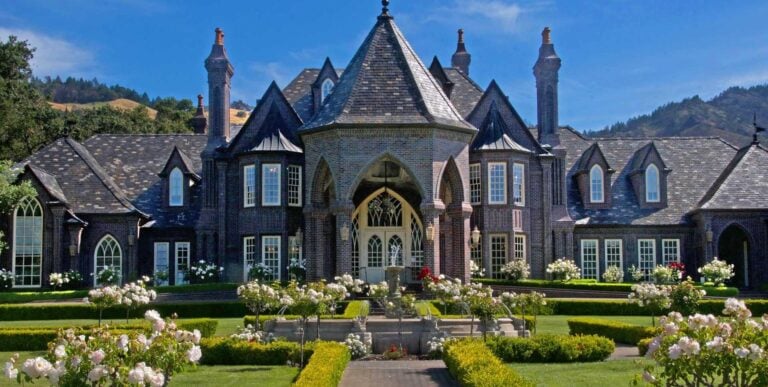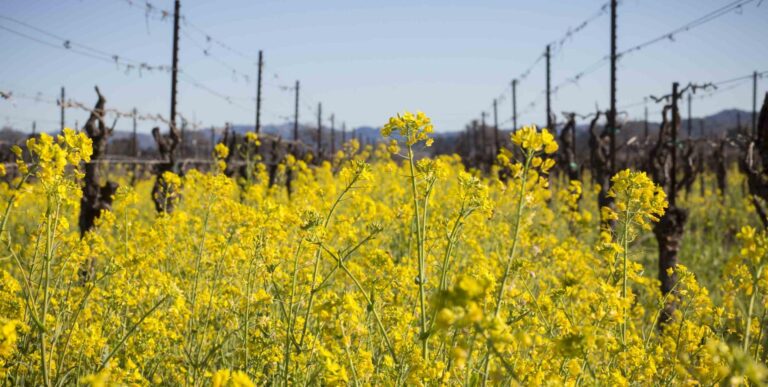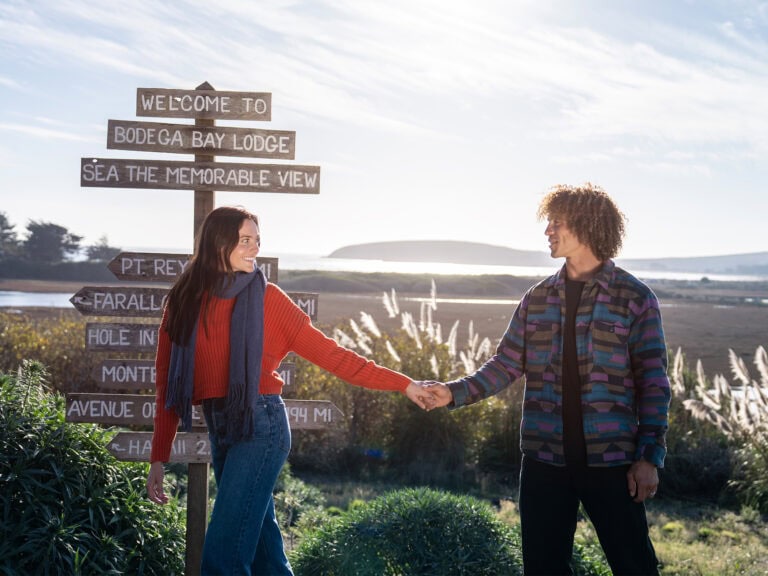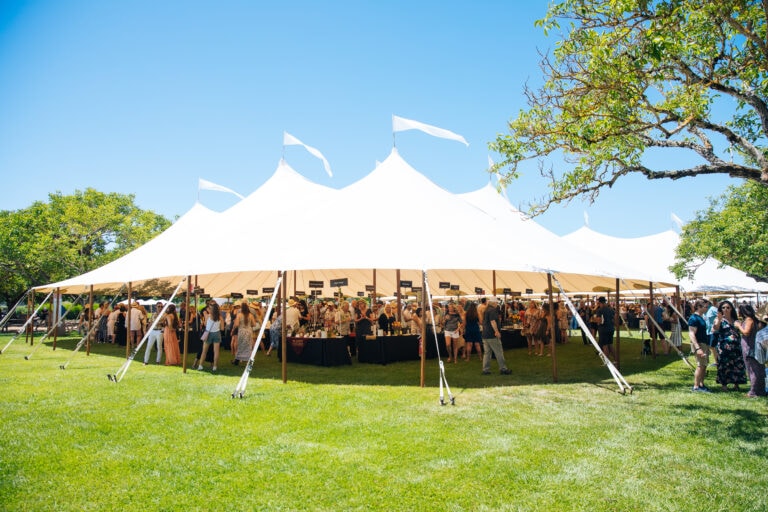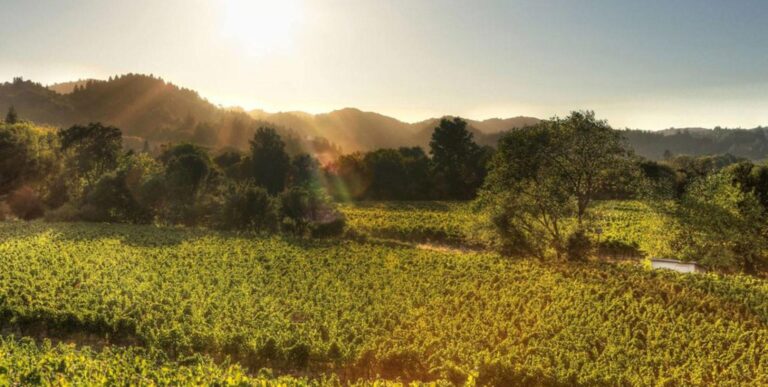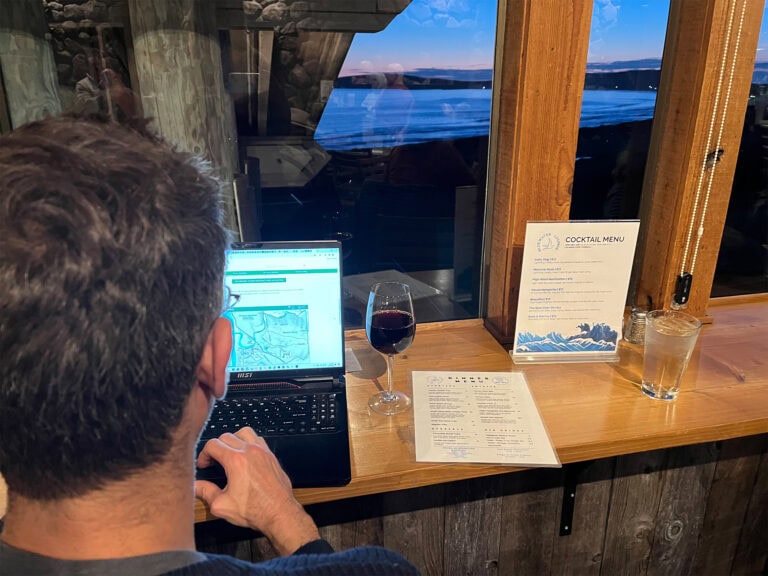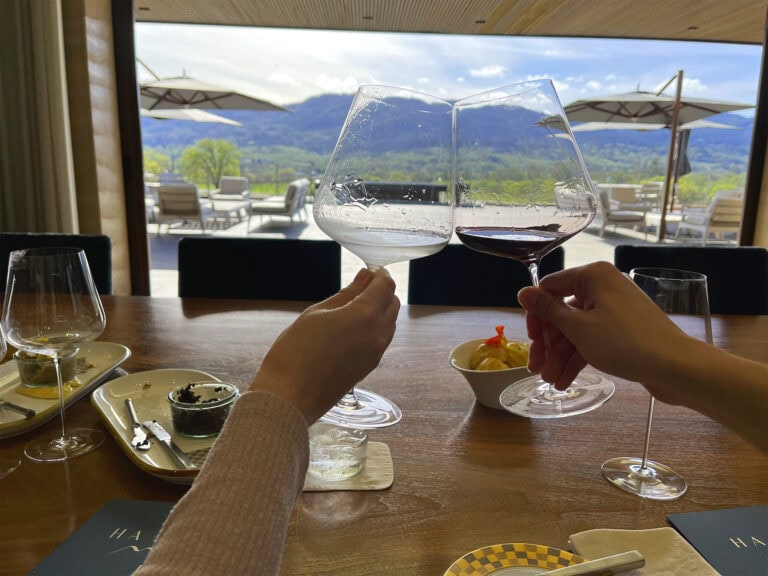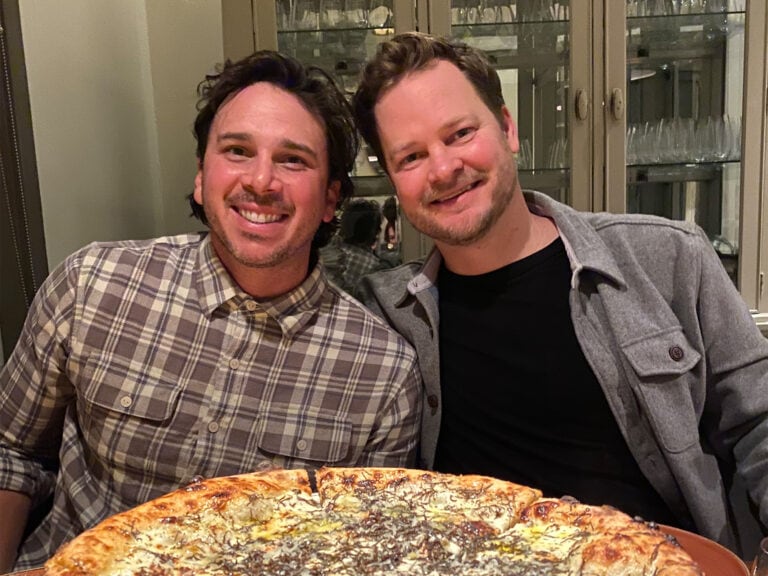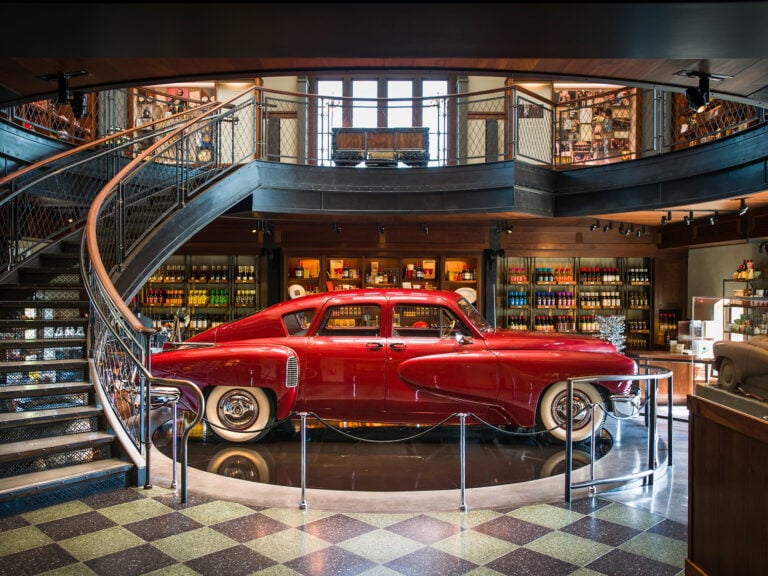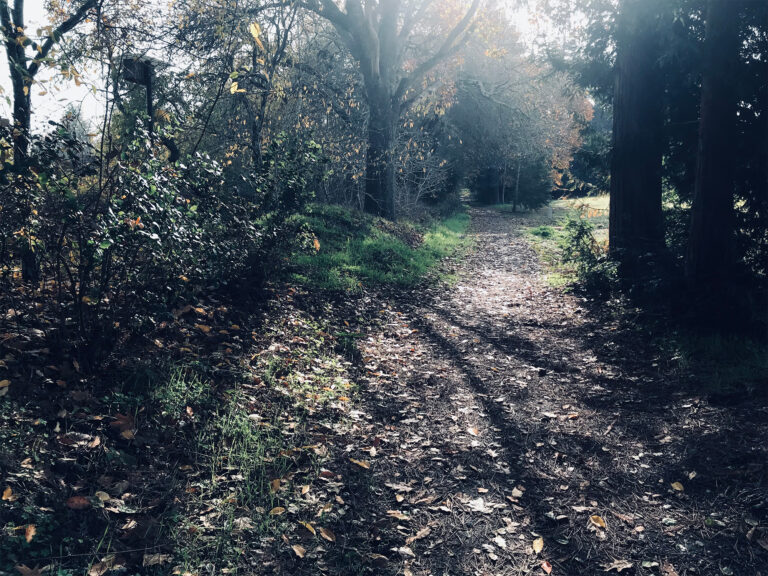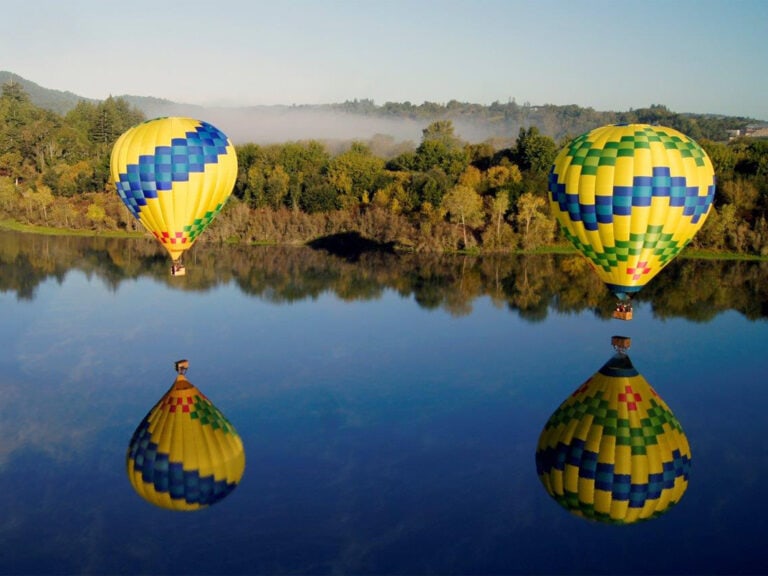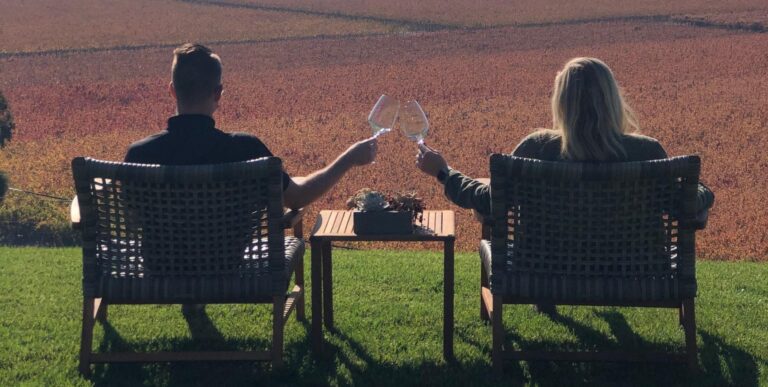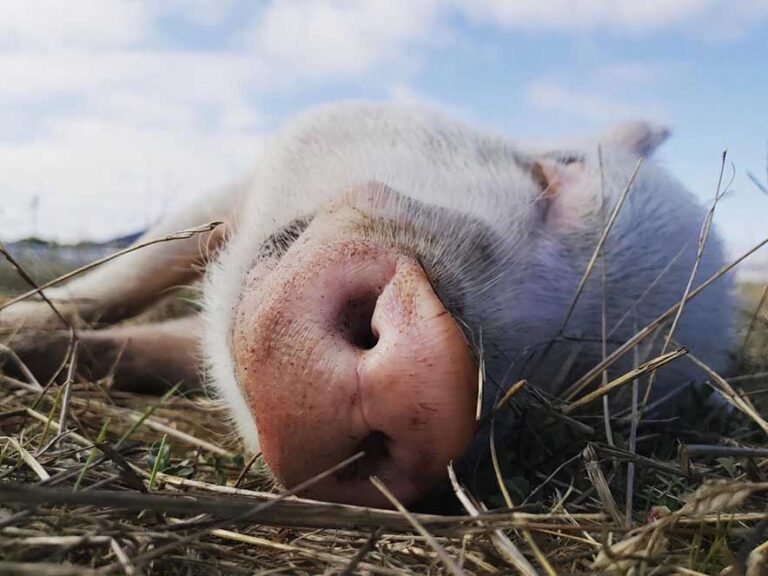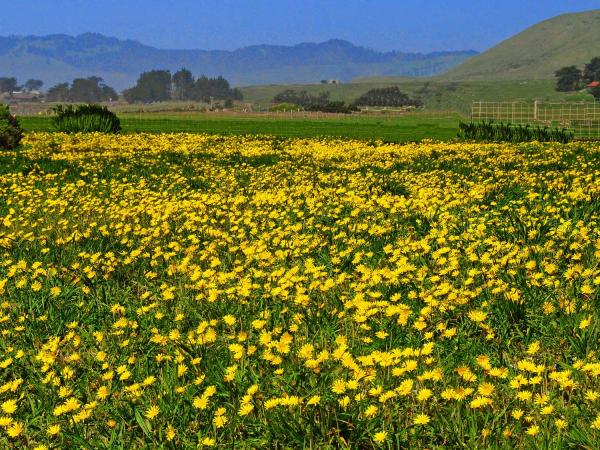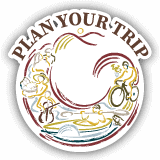Visit Luther Burbank’s Experiment Farm
Visit Luther Burbank’s Experiment Farm
Sebastopol’s Luther Burbank’s Experiment Farm — one of the little-known treasures of Sonoma County — is hallowed ground for anyone interested in gardens or plant cultivation.
It was here that, from 1885 to 1926, famed horticulturist Luther Burbank developed many of the 800-plus varieties of fruit and nut trees, flowers, and vegetables for which he’s celebrated, including the Santa Rosa plum, a Freestone peach, and the Shasta daisy.
Burbank actually lived in what is now the Luther Burbank Home & Gardens in downtown Santa Rosa, and he made the 17-mile round trip to his 18-acre farm by bicycle. After his death, the farm was leased to a nursery until 1957. Eventually Burbank’s widow sold the property, but stipulated that three acres remain undeveloped as a memorial to her husband.
In 1974, local historians formed the Western Sonoma County Historical Society (WSCHS) to protect the remaining acreage. They rebuilt an exact replica of a barn destroyed by fire and restored a small cottage that’s now listed on the National Register of Historic Places.
For gardeners, the best part of a visit to the 3.5-acre farm is the chance to take a docent-led or self-guided tour of the grounds, which contain living specimens of Burbank’s work.
“Most impressive are the chestnut trees. They’re huge,” said Erin Sheffield, a member of the WSCHS board and chair of the Burbank Farm Committee. Chestnut blight wiped out millions of American chestnut trees, and Burbank imported Chinese chestnut trees to hybridize them with the American trees for resistance to blight.
There are also several kinds of walnut trees, including a Royal Walnut that Burbank planted in 1885. “It’s getting weaker, because it’s old,” Sheffield said, “But it’s still spectacular. In the past, it produced one ton of nuts every season.”
A single apple tree contains an amazing 25 grafts, producing 25 different kinds of applies which blossom and ripen at different times.
Other Burbank-era plants include plum trees, Chinese quince, crab apple, and a trifoliate orange tree from China, whose fruit Sheffield describes as being “as juicy and flavorful as a golf ball.’ Because the orange tree is hardy to 15 below zero, the guess is that Burbank wanted to cross it with an eating orange to produce a tree that could withstand low temperatures.
For self-guided tours, look for the free trail maps on the kiosk and barn. Docent tours are also available, by appointment. And don’t miss the plant sale every Wednesday, 9 a.m.-noon.
Details: Luther Burbank’s Experiment Farm, 7777 Bodega Ave., Sebastopol, 707-829-6711; open dawn to dusk, with free admission.
To learn more about the history of the area, visit the West County Museum. For ideas about what else to see and do, read 5 Fun Things to Do in Sebastopol, Sebastopol Farmers Markets and Farms, and Agri-Tourism and Farm Tours Offered Throughout Sonoma County.
Written by Sonoma Insider Suzie Rodriguez.
THIS IS WINE COUNTRY.
Share your experience using #SonomaCounty or #LifeOpensUp
